AG Senior Enlisted Leader Symposium: Leading Through Change, Getting to the Core of the Corps

Submitted by CSM Vanessa E. Sun.
Contributions for the Staff Ride to the National Museum of the United States Army submitted by SGM Laurence Stewart.
This year’s AG Senior Enlisted Leader Symposium, themed “Leading through Change: Getting to the Core of the Corps,” brought together an impressive cohort of 91 AG Sergeants Major and Command Sergeants Major from all three Army components, as well as USASMA Classes ranging from 63 to 75, and the AG NCO and Soldier of the Year, SSG Boonstra and SGT Vogel. Under the guidance of SGM Smoke Stevens, the Army G1 Senior Enlisted Leader, the symposium focused on transformation, talent development, and building & fortifying relationships within the ranks, all essential elements vital to strengthening our profession.
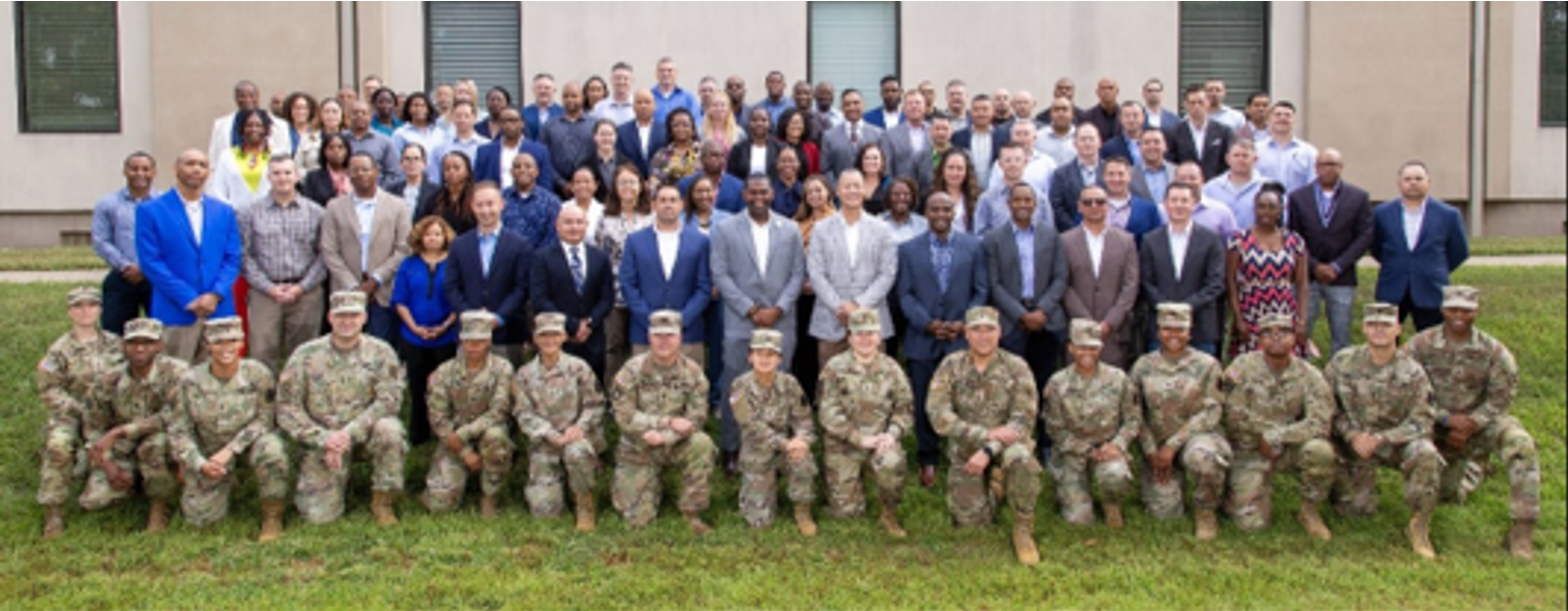
Embracing Transformation
The symposium focused on critical needs for continuous transformation in the Army, particularly in the context of Large-Scale Mobilization Operations (LSMO) and Large-Scale Combat Operations (LSCO). Attendees engaged in in-depth discussions about revamping FM 1-0, the Army’s functional manual on personnel operations, to better align with the evolving battlefield landscape.
The dialogue centered on several operational areas, including casualty movement, mobilization strategies, and identifying capability gaps between all compos. Leaders emphasized the importance of adapting to modern warfare’s demands, ensuring that the Army is not only prepared for current threats but also agile enough to meet future challenges.
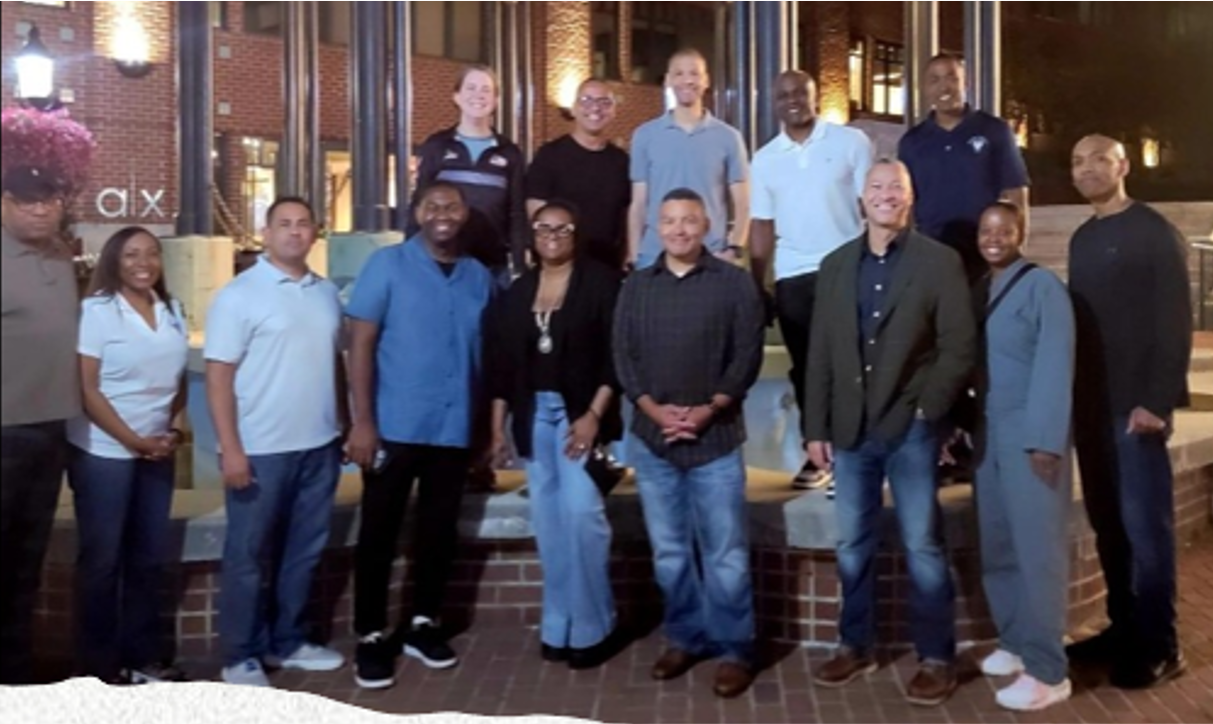
Talent Development and Acquisition
Another significant topic of the symposium focused on talent development and acquisition, specifically focusing on the two new MOSs of the Army and AG Corps, 420T and 42T. The discussions highlighted innovative strategies for attracting and retaining the best talent within the Army. Participants emphasized the importance of collaborating with industry partners to develop training programs that resonate with prospective recruits. They explored targeted recruiting efforts and identified best practices for attracting civilian talent into military roles.
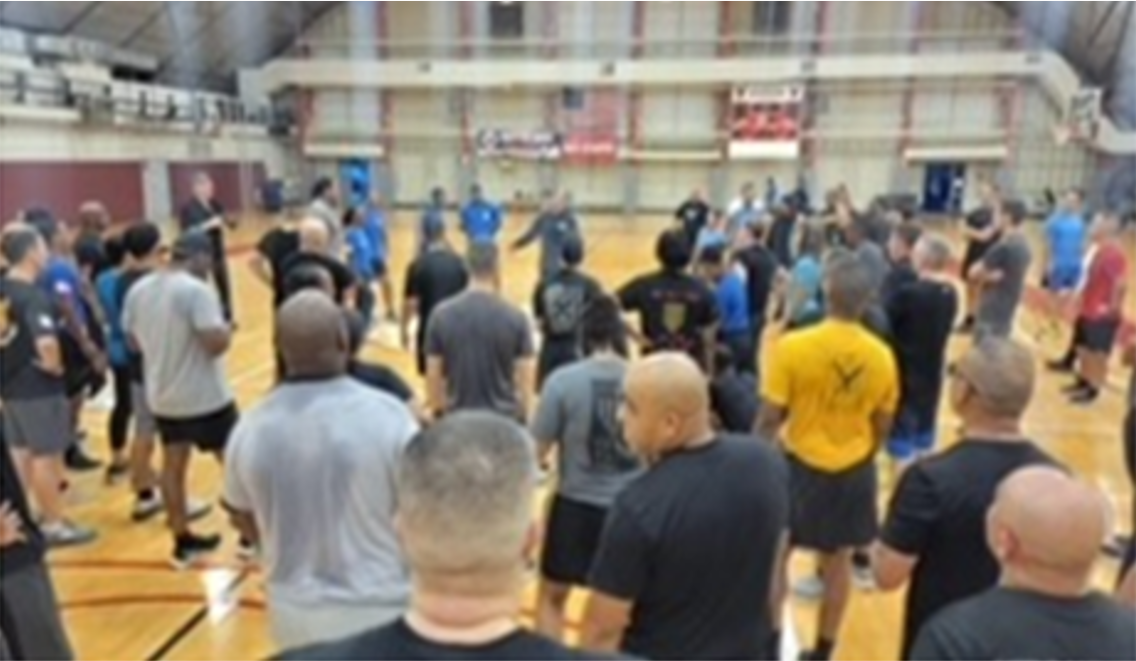
Attendees shared insights on effective mentorship and underscored the importance of self-reflection in leadership. Leaders received encouragement to seek mentorship, helping to promote a culture that views asking for help as a strength rather than a weakness. The mantra “don’t suffer in silence” resonated throughout the symposium, inspiring leaders to foster open lines of communication and support among Soldiers.
Insights from the Washington Nationals Major League Baseball Team
Adding a unique perspective, representatives from the Washington Nationals baseball team joined the symposium to discuss how their organization tackles burnout and develops high-performing teams. They shared strategies for fostering resilience, promoting mental well-being, and building cohesive units in a high-pressure environment. Drawing parallels between the sports industry and military leadership, they highlighted the importance of team dynamics, effective communication, and continuous development to combat stress and maintain morale.
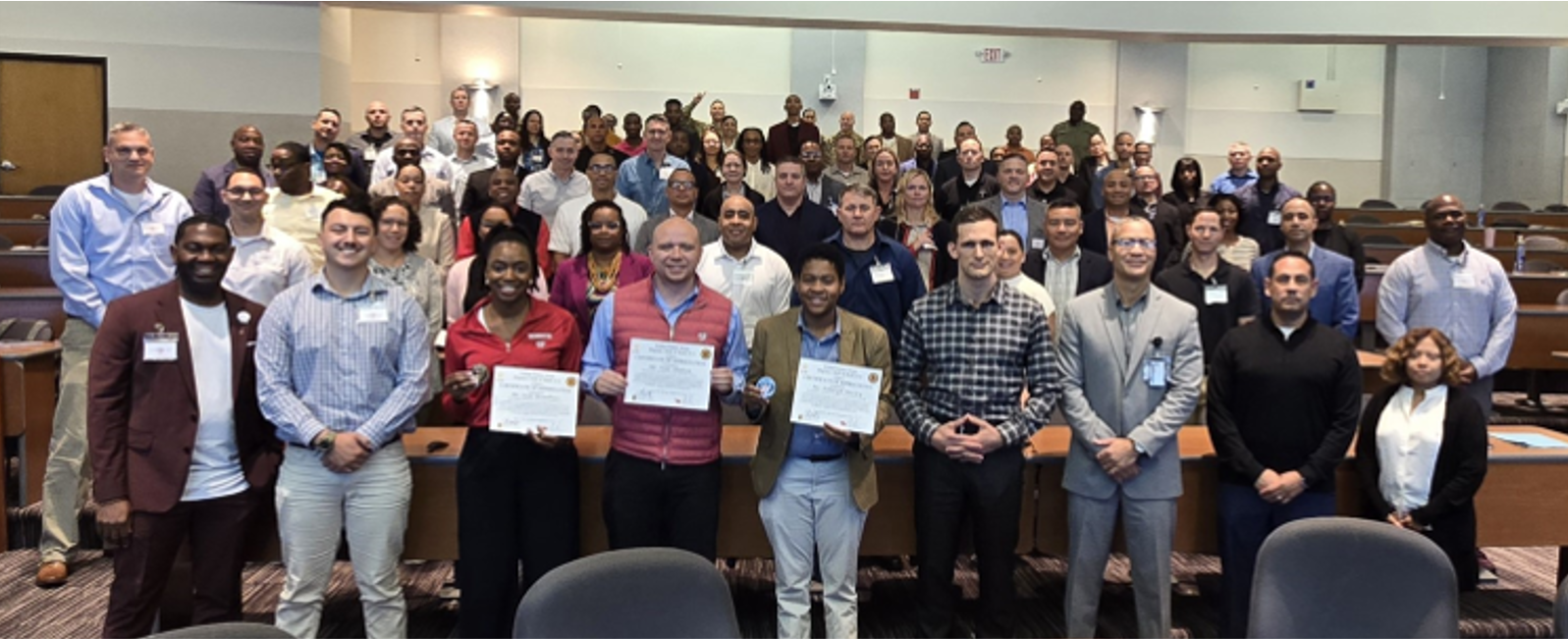
Building Relationships / Close the Ranks
Participants wove the theme of connection throughout the symposium by engaging in exercises designed to strengthen relationships among peers and across ranks. They discussed ways to foster a sense of belonging and community within the Army, highlighting the crucial role connections play in unit cohesion and overall mission success.
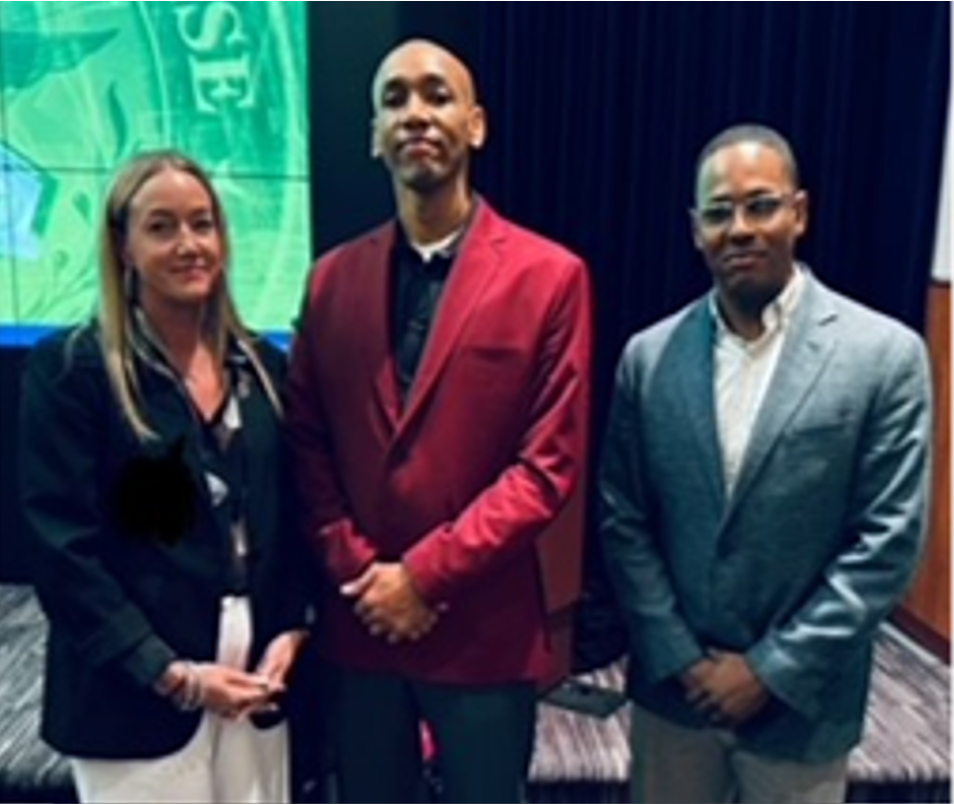
To cap off the symposium, participants took part in a Staff Ride to the National Museum of the United States Army. This team-building experience allowed attendees to reflect on the Army’s storied history and reinforced the importance of camaraderie and shared experiences in building effective leadership.

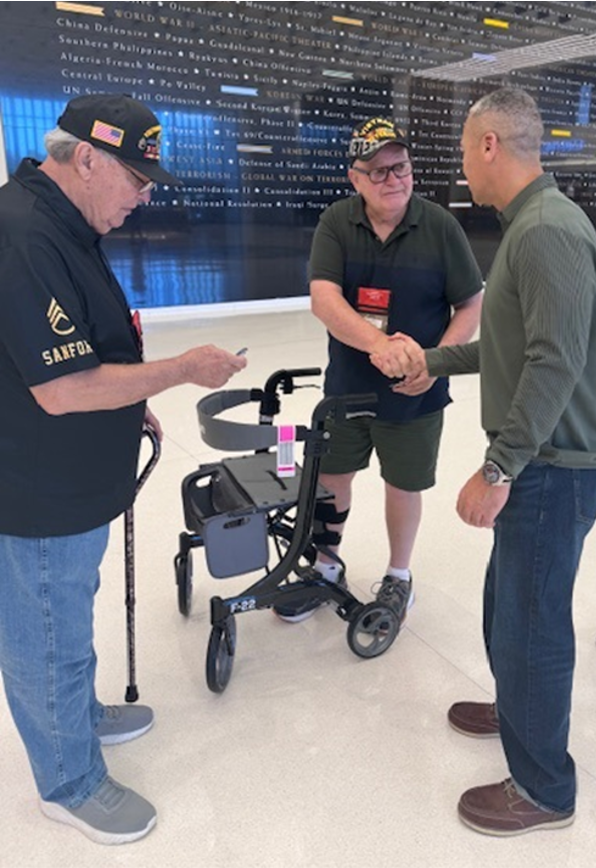

Insights from the Sergeants Major
At this year’s AG Senior Enlisted Leader Symposium, several Sergeants Major highlighted their commands and shared valuable insights. SGM Francine Chapman led the discussion on the U.S. Army Europe and Africa (USAERUR-AF), while SGM Ramell Boyd represented the U.S. Army Recruiting Command (USAREC). SGM Bingaman and SGM Zapata provided updates from the Army Sustainment Command (ASC). Additionally, CSM Jasmine Young, the AG Regimental CSM, along with SGM Michael Jackson, the Talent Alignment & Development Directorate (TADD) SGM, SGM DeMickel McGrigg, USARC G-1 SGM, SGM Nelor, ARNG G1 Sergeant Major, SGM Eva Commons, FORSCOM G1 SGM, and SGM Jonathan Uribe-Huitron, DMPM SGM, contributed their expertise through informative briefings.
Conclusion
The AG Senior Enlisted Leader Symposium served as a vital platform for discussing the future of the Army and the critical role that senior enlisted leaders play in navigating change. By focusing on transformation, talent development, and building & fortifying connections, the symposium equipped leaders with the tools and insights needed to lead effectively in a dynamic environment. As the Army continues to adapt and evolve, the commitment to developing its people and processes remains a top priority, ensuring readiness for the challenges ahead.
THIS WE’LL DEFEND!